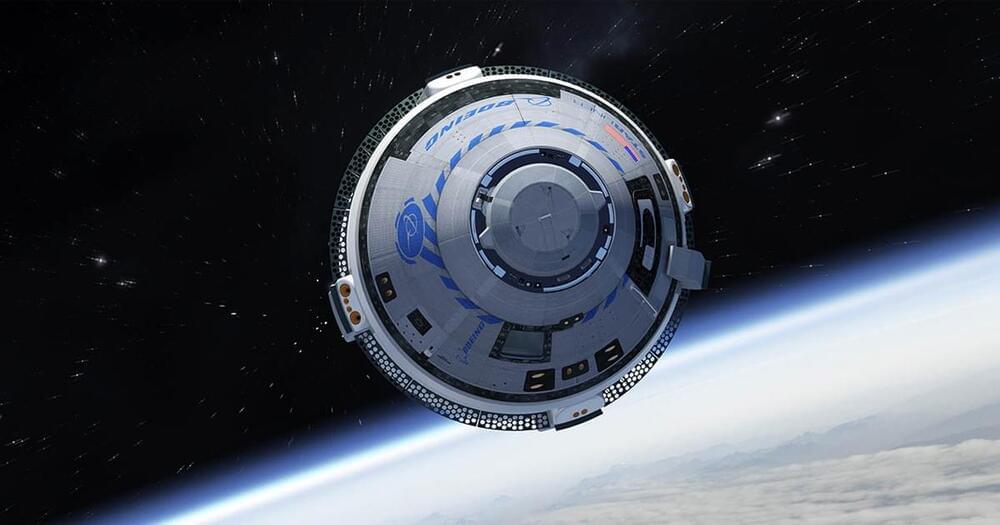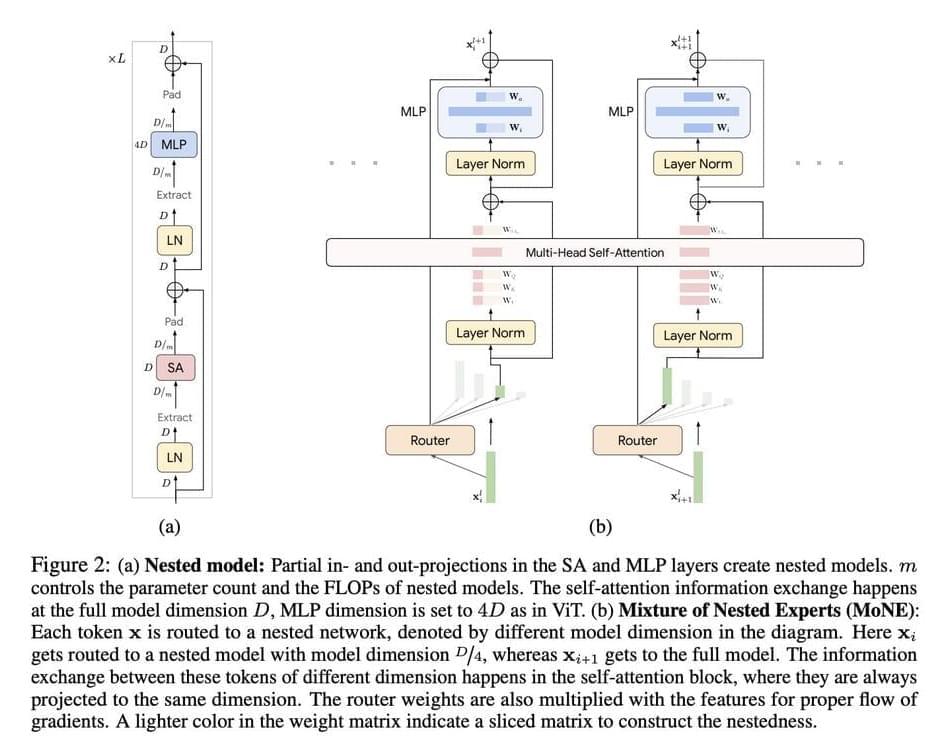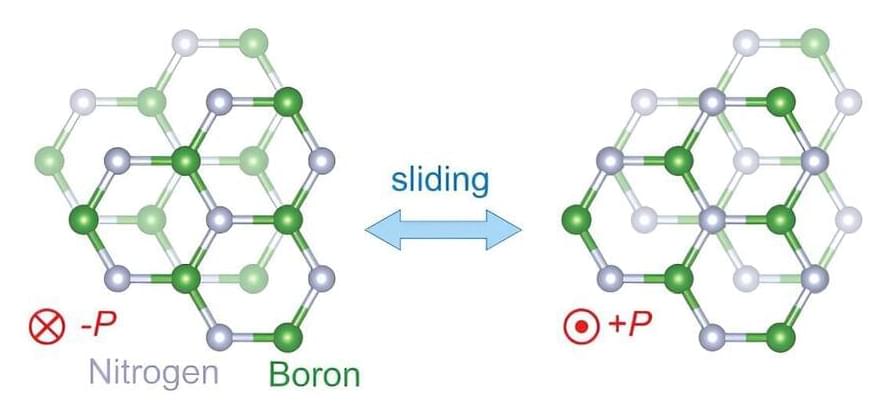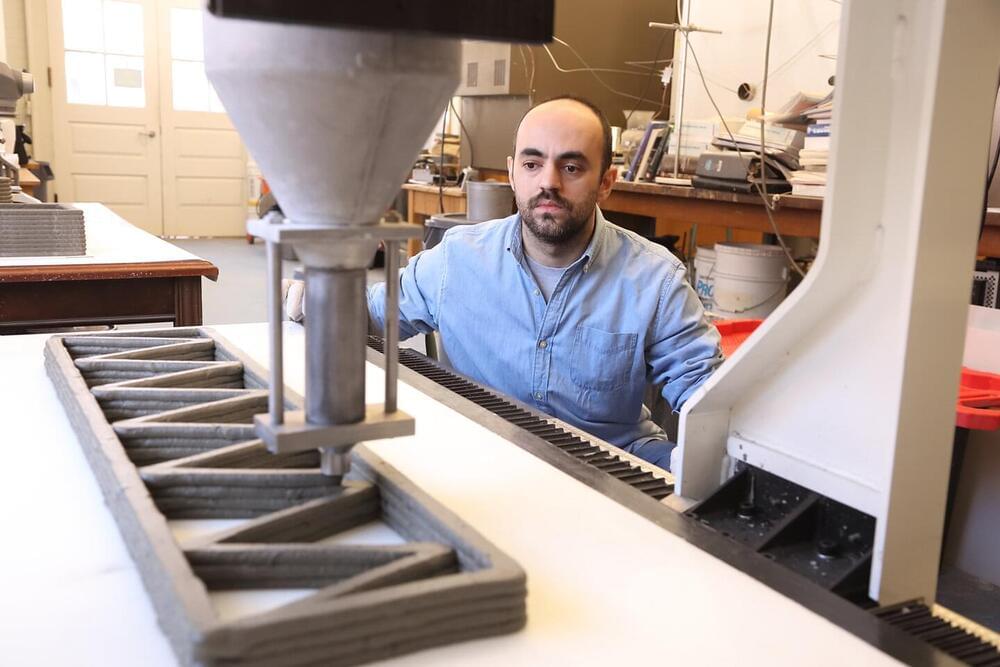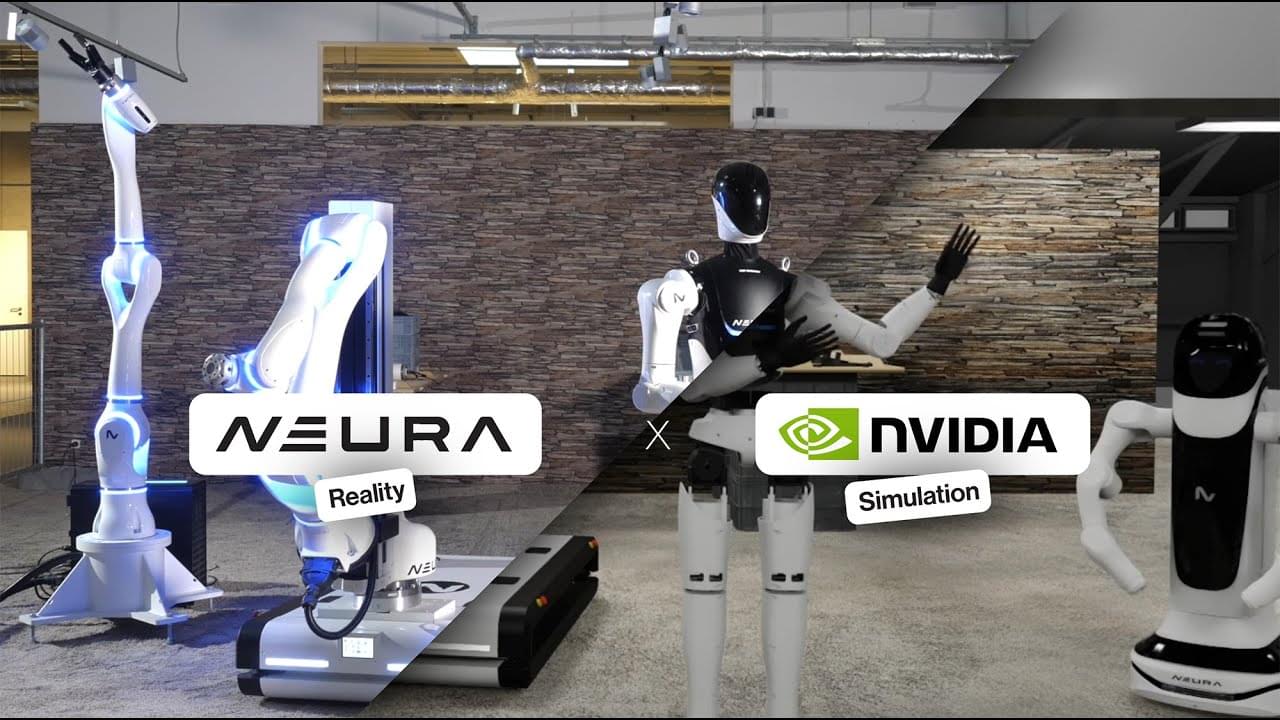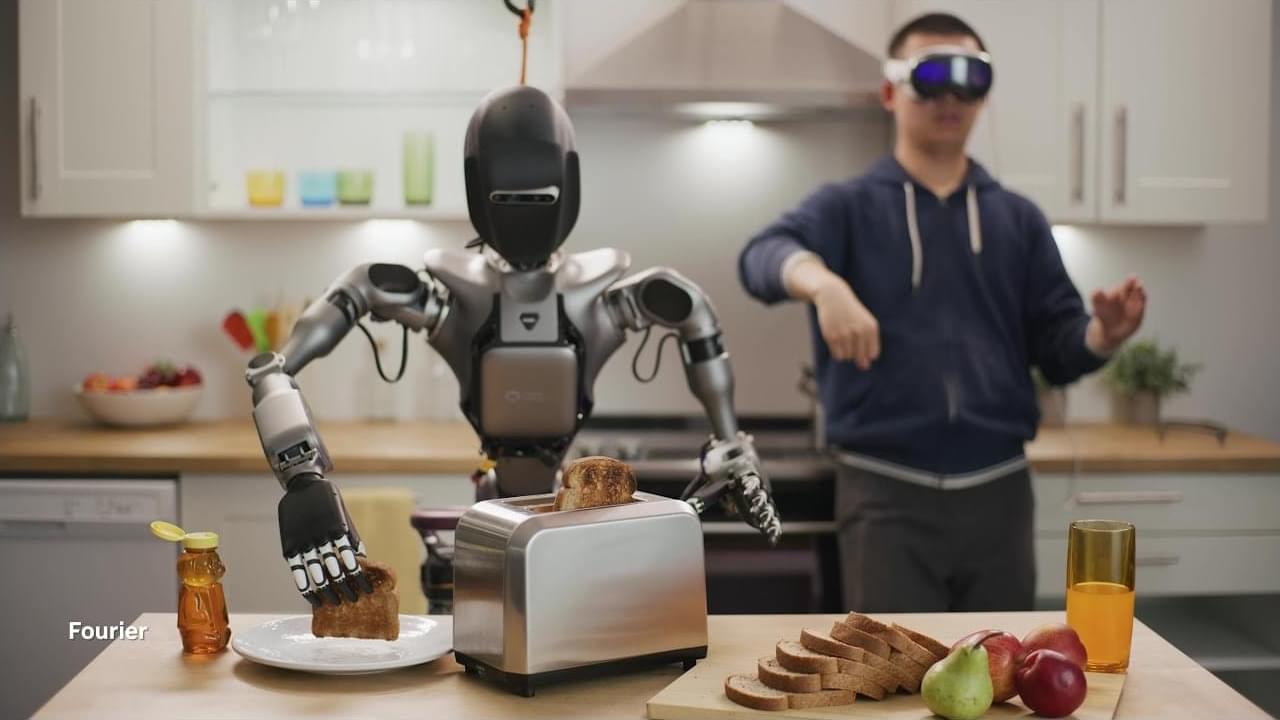Aug 3, 2024
Researchers trap atoms, force them to serve as photonic transistors
Posted by Dan Breeden in categories: computing, particle physics, quantum physics
This could be the road to quantum computation.
“In contrast, solid-state emitters embedded in a photonic circuit are hardly ‘the same’ due to slightly different surroundings influencing each emitter. It is much harder for many solid-state emitters to build up phase coherence and collectively interact with photons like cold atoms. We could use cold atoms trapped on the circuit to study new collective effects,” Hung continues.
The platform demonstrated in this research could provide a photonic link for future distributed quantum computing based on neutral atoms. It could also serve as a new experimental platform for studying collective light-matter interactions and for synthesizing quantum degenerate trapped gases or ultracold molecules.
Continue reading “Researchers trap atoms, force them to serve as photonic transistors” »

